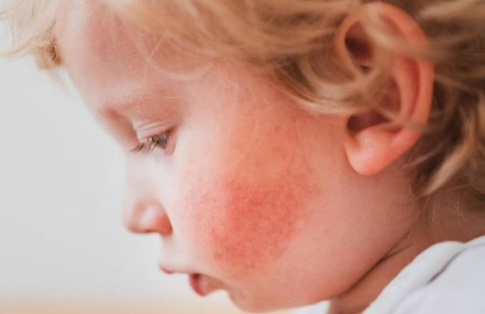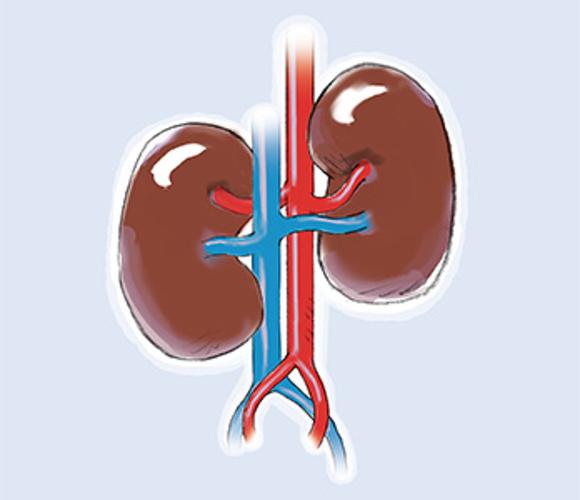The secret of viruses in the United States can no longer be hidden. Check below to find out the truth.
Understanding Fifth Disease
Fifth disease, which is alternatively called erythema infectiosum, is brought on by parvovirus B19. It primarily affects children, though adults can contract it too. The virus is named for the distinctive rash it causes, which appears as bright red cheeks that look as if they’ve been slapped. It is usually mild but can lead to complications in certain cases, especially in those with weakened immune systems or chronic anemia.
How It Spreads
The virus spreads through respiratory droplets, similar to other common cold viruses. Additionally, it can be spread through direct contact with the bodily fluids of an infected individual. Children are particularly susceptible because they often share close quarters in schools and daycare centers, facilitating the virus’s rapid spread. Understanding how it transmits can help in preventing and controlling outbreaks.
Symptoms and Diagnosis
Initial symptoms of fifth disease include a mild fever, runny nose, and headache, which may be mistaken for other viral infections. The hallmark of the disease is the distinctive rash on the cheeks, which later spreads to the trunk and limbs. Diagnosis is often based on clinical presentation, but blood tests can confirm the presence of parvovirus B19, particularly in unclear cases.
Recent Surge in the U.S.
The recent surge in cases across the U.S. has raised concerns among public health officials. Several factors contribute to this increase, including the virus’s ability to spread rapidly in close environments and fluctuations in vaccination rates for other diseases. Schools and childcare centers, where children are in close contact, have seen significant outbreaks, prompting heightened vigilance and preventive measures.
Prevention and Management
Preventing the spread of fifth disease involves practicing good hygiene, such as regular handwashing and covering coughs and sneezes. There is no specific vaccine for parvovirus B19, so the best approach is to minimize exposure to infected individuals. Management of the disease typically involves supportive care, including hydration and fever management. For those with complications, such as pregnant women or individuals with anemia, additional medical attention may be necessary.
Addressing Public Concerns
The spread of fifth disease has led to increased public awareness and concern. Schools and health officials are working to educate the public about the virus and its prevention. Community awareness campaigns aim to inform parents and caregivers about the signs and symptoms of the virus and the importance of seeking medical advice if an infection is suspected. Addressing these concerns effectively helps in managing outbreaks and reducing the overall impact of the virus.
In conclusion, the rapid spread of the ‘Slapped Cheek’ virus in the U.S. highlights the need for increased public awareness and preventive measures. By understanding how the virus spreads, recognizing its symptoms, and implementing effective prevention strategies, we can better manage and control outbreaks. Staying informed and vigilant plays a crucial role in protecting health and minimizing the impact of this common viral infection.




